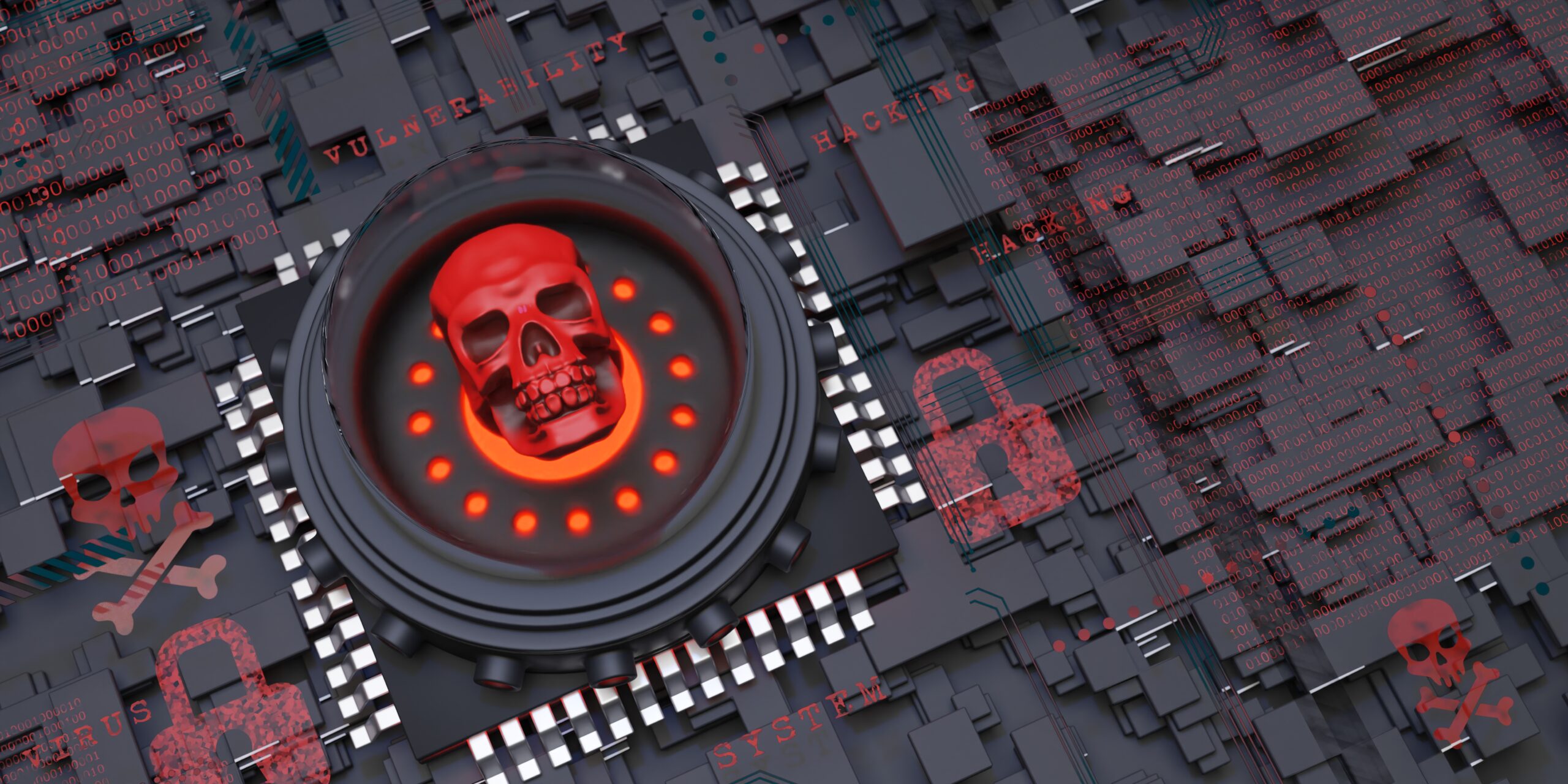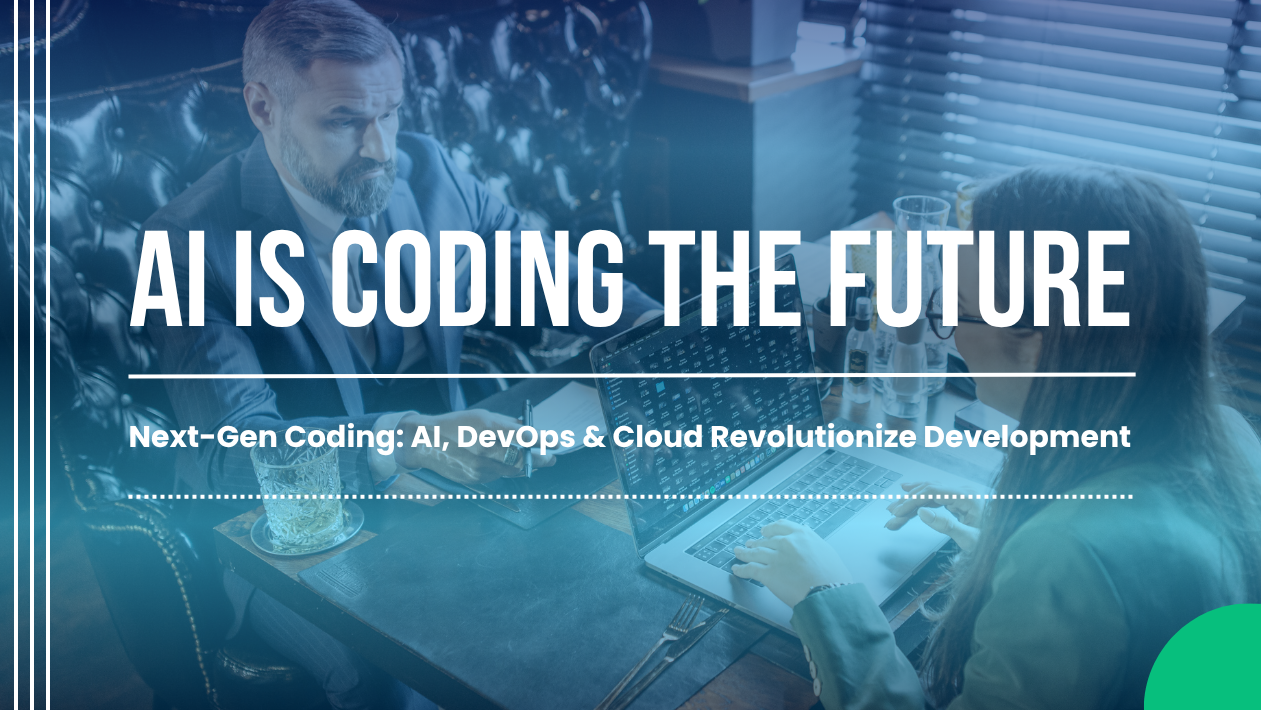As organizations race to digitize, the cybersecurity battlefield in 2025 is more complex than ever. AI-powered attacks, emerging quantum computing risks, and the rapid expansion of connected devices are pushing businesses and governments to adopt next-generation defense strategies to protect sensitive data and critical infrastructure.
AI-Powered Threats Escalate
Cybercriminals are now using generative AI to create highly convincing phishing campaigns, deepfake voice calls, and polymorphic malware that can rewrite itself to evade detection. Security researchers warn that these adaptive attacks are capable of bypassing traditional firewalls and signature-based tools.
To counter this, leading cybersecurity firms are deploying AI-driven intrusion detection systems capable of analyzing anomalies in real time and responding within milliseconds.
Quantum Computing Raises Encryption Concerns
The rise of near-term quantum computing is challenging the cryptographic standards that have secured the internet for decades. Governments and enterprises are moving quickly toward post-quantum encryption algorithms, with the U.S. National Institute of Standards and Technology (NIST) finalizing new quantum-resistant standards this year.
Banks, healthcare providers, and critical infrastructure operators are now accelerating the migration to these stronger encryption protocols.
Zero-Trust Becomes the Global Standard
The zero-trust security model—where no user or device is automatically trusted—has become the default architecture across industries. Enterprises are investing in continuous identity verification, micro-segmentation, and adaptive access controls to reduce the attack surface and limit lateral movement within networks.
Cloud providers such as Microsoft Azure, AWS, and Google Cloud now offer zero-trust frameworks as built-in services.
Ransomware Attacks Target Critical Infrastructure
Ransomware remains the most lucrative form of cybercrime. In 2025, attackers are increasingly focusing on energy grids, transportation networks, and hospitals, demanding multimillion-dollar cryptocurrency payments.
International task forces like INTERPOL’s Cyber Fusion Center and private-sector alliances are intensifying efforts to track and disrupt ransomware gangs, but the threat continues to grow.
Cyber Insurance and Regulatory Pressure Increase
Governments are enforcing stricter cybersecurity regulations, requiring companies to disclose breaches quickly and maintain robust incident response plans. Meanwhile, cyber insurance premiums are rising as insurers demand stronger controls and proactive risk assessments before issuing policies.
Workforce Shortage Spurs Automation
Despite global demand, the cybersecurity talent gap remains wide. Organizations are turning to automation, AI-assisted monitoring, and managed security services to fill critical roles. Training programs and partnerships between universities and tech companies aim to build the next generation of security professionals.
Outlook: Collaborative Defense Is Key
Experts agree that the future of cybersecurity will depend on global collaboration, threat intelligence sharing, and the rapid adoption of AI-enhanced, quantum-resistant security tools. With attacks growing more sophisticated, businesses that fail to modernize their defenses risk not just financial loss but reputational damage and operational paralysis.





